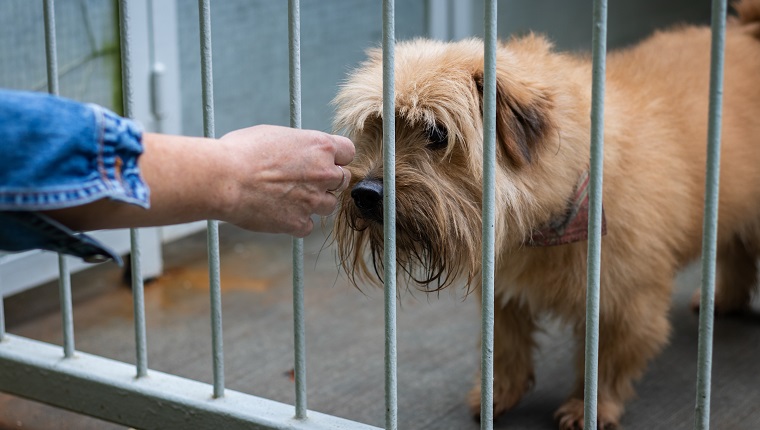The first full week of November is Animal Shelter Appreciation week. This week is designated to recognize all of the organizations who help stray and abandoned animals.
Many of these shelters would not be able to function without the hard work and dedication of both employees and volunteers, so this week is for them, as well.
Animal shelters do more than just rehome pets. In honor of Animal Shelter Appreciation Week, here are some of the ways your local animal shelter helps dogs, cats, rabbits, and a variety of other animals.
1. They Provide Vaccinations
The vaccination programs provided by animal shelters are vital, both to help sick animals and to prevent healthy ones from falling ill.
Typically, shelters provide “core” vaccines to prevent diseases such as rabies, parvovirus, panleukopenia, and canine distemper for dogs. They also provide feline viral rhinotracheitis, calicivirus and panleukopenia vaccines for cats.
If a shelter specializes in other animals, such as farm animals or exotic pets, they have core vaccines tailored to their specific needs to help keep their animals healthy and happy.
2. They Microchip Their Animals

Many shelters have standardized microchipping for any incoming animal. A microchip is a small identification device that is implanted right underneath the skin, typically between the animal’s shoulder blades.
Each of these chips have a registration number, and once scanned at an animal control center or animal shelter, can provide information to reunite the pet to their human.
This helps animal shelters return lost pets and, furthermore, helps keep shelters from becoming overpopulated.
3. They Educate The Public On Animal Care
Shelters are full of knowledgeable employees and volunteers who can answer questions about anything and everything pet-related. Many animal shelters also have free educational materials available to take home on topics such as proper pet care, how to deal with behavioral issues, and how you can help with overpopulation.
These materials aren’t just for folks who walk through the shelter door, either. Often, shelters are also involved in outreach programs to help educate the community at large about how to help animals in need.
4. They Start The Healing Process

Unfortunately, not all people who have animals are responsible or even care for their pets. They may abuse, neglect, or abandon them. For many animals, this can lead to high levels of anxiety, trust issues, and depression.
With the help of animal shelter employees and volunteers, some of these animals are able to start the healing process and trust humans once again.
These shelter employees give the animals a warm bed, food, and love.
5. They Perform Spay And Neutering Services
Shelters work incredibly hard to prevent overpopulation and strays, and the best way to do that is to spay and neuter animals.
It would be hard to find a shelter that didn’t provide these services.
They also come at either low or no additional cost to prospective adopters.
6. They Take In Every Animal They Can

Shelters differ from privately owned and run rescues. Private rescues may have a certain breed or animal they pull from shelters or the streets and then rehome, such as a Bulldog specific rescue or a senior dog specific rescue.
Shelters, however, are not as selective. They are often government-run and are the places anyone can take their pet and surrender them. Because of this, shelters are often very full, and sometimes animals have to be euthanized to make space.
This does not make them the enemy, though. Shelters do everything in their power to keep all the animals in their care safe, healthy, and out of danger — including euthanasia. In fact, many shelters are moving to a no-kill model if they haven’t already.
If you want your local shelter to change to no-kill, voice your support and contact your local government representatives to let them know how you feel.
7. They Fight Hard To Get Every Animal A Forever Home
The harsh reality about shelters is they do become overcrowded. Shelters do everything in their power to make sure they don’t have to perform any unnecessary euthanizing.
They have volunteers who foster animals when the facility becomes cramped. Some employees foster, too. They reach out and make sure that every animal who crosses through the shelter doors has a shot at a better life.
Millions of animals would be helpless without the help of animal shelters. Consider showing your appreciation to your local animal shelter for all they do by donating or volunteering.
Have you ever volunteered at an animal shelter? How should people support shelters during Animal Shelter Appreciation Week? Let us know in the comments below!









